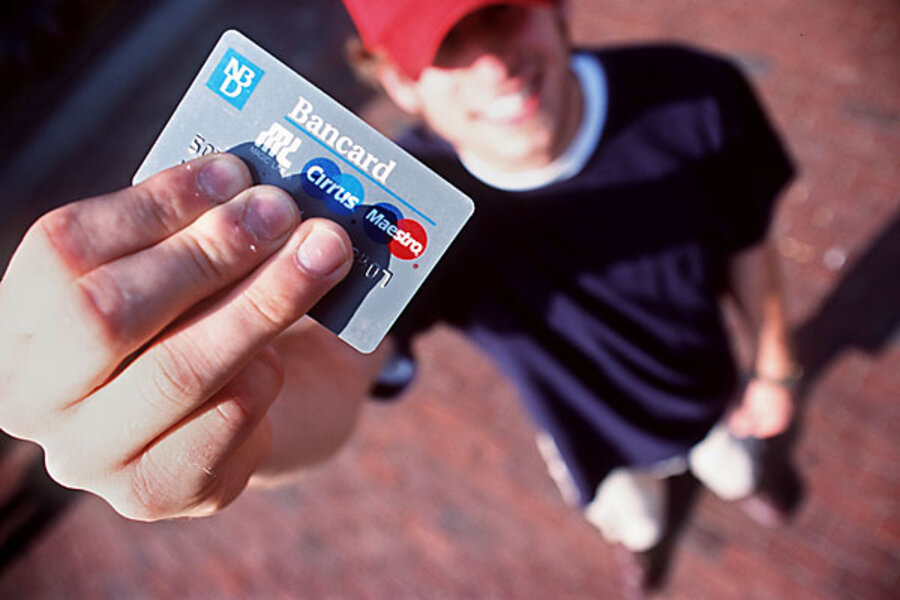Think of your credit score as a compass to steer you toward which credit cards you are most likely to be approved for. You can check your credit scores for free at Creditkarma.com and other sites. But if you're scouting for your first credit card, chances are your credit score is low. You have two options:
1. Student credit cards: Designed just for college students, student credit cards help new cardholders build credit and throw in some perks like cash-back bonuses. Some cards even offer credit-building incentives, like the Journey Student Rewards Card from Capital One, which gives a 25 percent bonus on cash back for paying your bill on time. Just keep an eye out for high interest rates and annual fees.
2. Secured cards: Secured cards are great for consumers with poor credit because they guarantee approval. But they require a security deposit of at least $200. Also, nearly all secured cards have an annual fee and additional application fees. If you have limited options, this is your first step to building credit. Just make sure your card, such as the popular Orchard Bank MasterCard, reports your activity to all three major credit bureaus so you can build your credit history.





